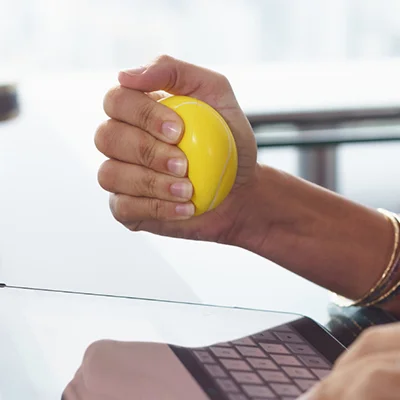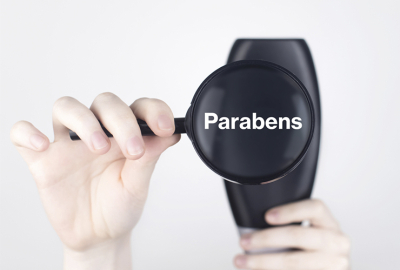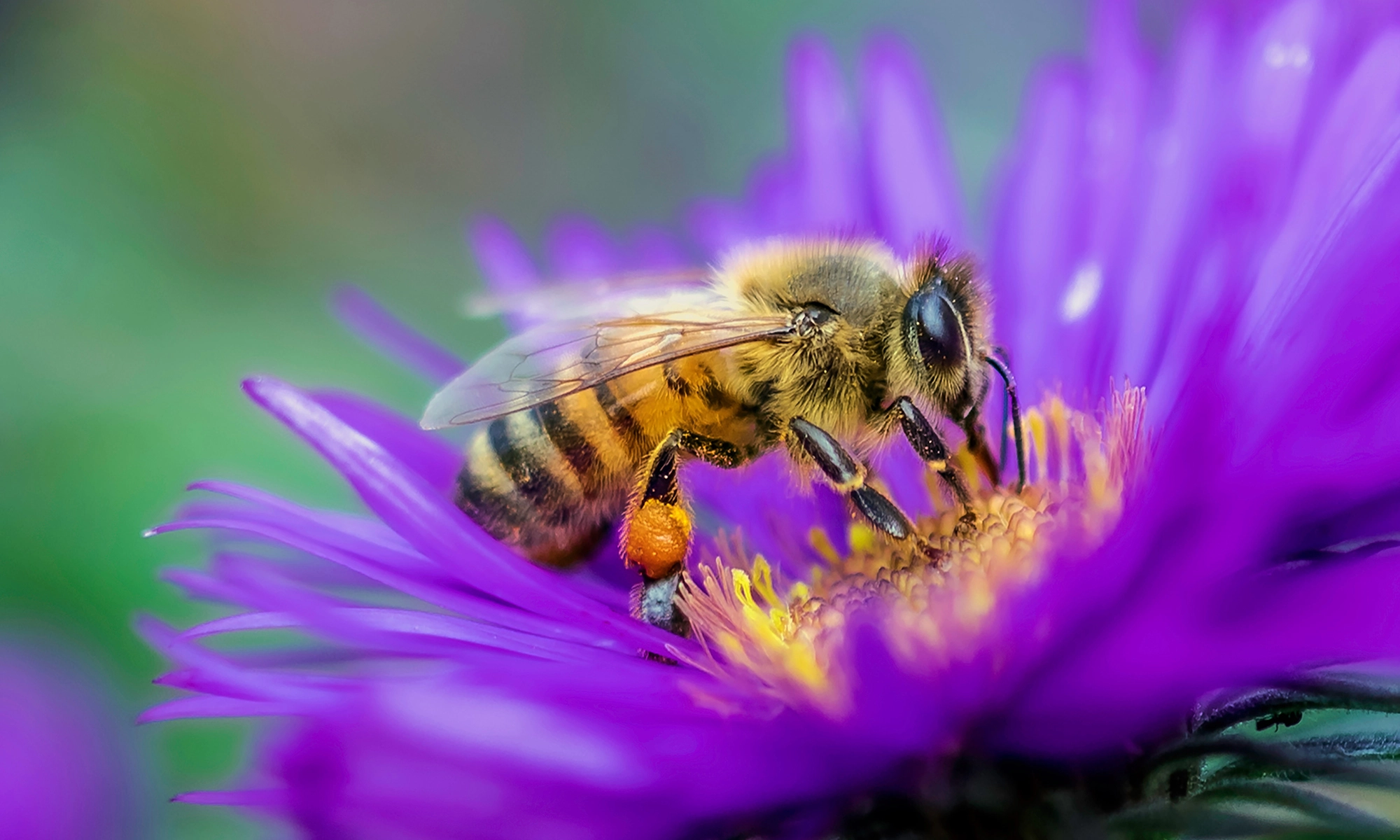
Though the summer season is almost over, the love for mangoes is not. Recently, the world's most expensive mango Miyazaki was showcased in the seventh edition of three-day-long mango festival in West Bengal Let us discover some interesting facts about mangoes.
Origin
Mango, a member of the cashew family, is native to southern Asia, especially Myanmar and Assam. However, today numerous varieties of mangoes are grown in various parts of the world such as Africa Apple mango, Kent mango, Tommy mango, and Ngowe mango, are different varieties of Kenyan mango.
Though the tree is evergreen, the finer varieties of mangoes are grown in a well-marked dry season. The mango trees begin to blossom in the months of March and April. Its scientific name is ‘Mangifera indica.’
Often nicknamed the 'king of fruits’, the name is likely to have been derived from the Malayalam ‘manna’, which the Portuguese adopted as manga when they came to Kerala in 1498 for the spice trade.
It is said that legendary Chinese traveller Hiuen Tsang had carried back stories about the uniqueness of the fruit. There are numerous folk tales around the mango According to one such folk tale, a royal courtesan in the kingdom of Vaishali was named Amrapali because she was found under a mango tree as a baby
Traditional significance
It is an indicator of national happiness and fulfilment Mentions of mangoes can be found in the ‘Puranas’ and epics such as ‘The Ramayana’ and ‘The Mahabharata’
During religious ceremonies mango leaves are hung by a string. It is said that the mango tree provided shade and solace to Gautam Buddha on one of his spiritual journeys.
Nutritional benefit
Mangoes help improve immunity and play an important role in digestion. They are low in calories and are the best choice when reducing calorific intake. They are rich in vitamins A, C and D.
The Indian Council of Agricultural Research (ICAR) has three outstanding centres involved in mango research: the Central Institute for Subtropical Horticulture at Lucknow, the Indian Institute of Horticultural Research at Bengaluru, and the Fruit Research Station at Sangareddy in Telangana.
Story of Alphonso
The Alphonso mango derives its name from Afonso de Albuquerque, a Portuguese military expert who led Portuguese invasions into India in the 1600s. The Portuguese helped in introducing varieties of mangoes in India such as Alphonso. The Alphonso was introduced to the Konkan region in Maharashtra, Gujarat, and parts of south India
It is said that the fruit was shipped for the first time to London for the Queen's coronation in 1953 from Mumbai's legendary Crawford Market.
Today, the fruit is exported to several countries, including Britain and the United States. Among the best and most expensive of Alphonso are said to grow on a small Natwarlal plantation in Ratnagiri, and are hand-harvested.
Picture Credit : Google











